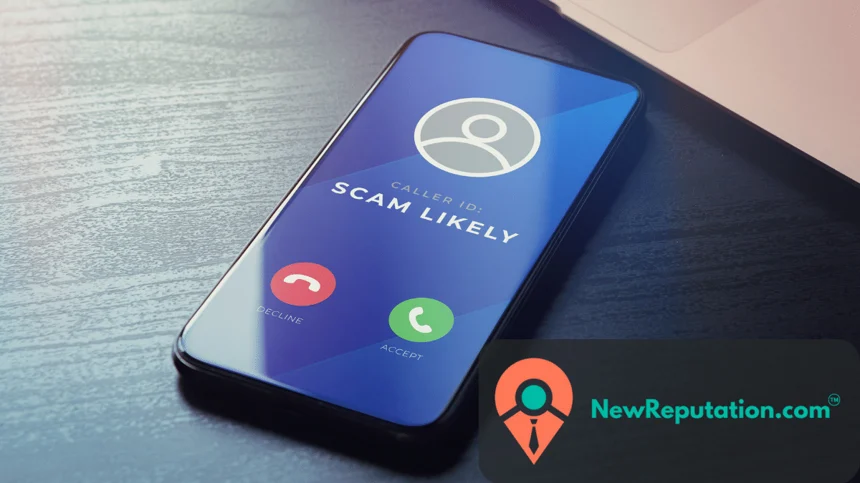Spam texts have become an unfortunate reality. One prevalent form of these unsolicited messages is the area code text scam. These scams often exploit the familiarity of local area codes to deceive individuals into engaging in fraudulent schemes. In this article, we’ll delve into the world of area code scams, providing insights on identifying and thwarting them.
Spam Texts and Their Methods
Spam texts are not new, but scammers have evolved their tactics to become more sophisticated. Area code text scams involve perpetrators using local area codes to make their messages appear legitimate.
Scammers aim to lure individuals into responding or clicking on malicious links by disguising their identity with a familiar code.
Common tactics include messages claiming urgent account issues, prize notifications, or enticing offers. The goal is to exploit human curiosity or fear, prompting recipients to take immediate action without considering the potential risks.
How to Spot an Area Code Text Scam
Recognizing the signs of an area code text scam is the first line of defense. Here are some key indicators to watch out for:
- Unsolicited Messages: Legitimate businesses typically don’t reach out via unsolicited text messages. Be wary of messages from unknown numbers.
- Generic Greetings: Scammers often use generic greetings like “Dear Customer” instead of addressing you by name. This lack of personalization is a red flag.
- Urgency and Threats: Scammers create a sense of urgency, claiming immediate action is required to avoid consequences. Be skeptical of messages pressuring you to act hastily.
- Suspicious Links: Avoid clicking on links from unfamiliar sources. Scammers often include malicious links that can lead to phishing sites or install malware on your device.
What Cell Carriers Are Doing About Spam Texts
Cellular service providers are aware of the rise of spam texts and the threats they pose to users. Many carriers have implemented measures to mitigate the impact of these scams:
- Advanced Filtering Systems: Carriers employ advanced filtering systems to detect and block spam texts before they reach your inbox.
- Spam Reporting Tools: Some providers offer tools that allow users to report spam texts directly. This helps carriers refine their filters and improve overall protection.
- Educational Campaigns: Carriers engage in educational campaigns to raise awareness among users, providing information on how to identify and avoid falling victim to scams.
What You Can Do to Stop Spam Texts
While cell carriers are crucial in combating spam texts, individuals can also take proactive steps to protect themselves. Here’s what you can do:
How to Block Spam Texts
- Use Built-in Features: Most smartphones have built-in features to block numbers. Utilize these features to prevent spam texts from reaching your inbox.
- Third-Party Apps: Explore third-party apps designed to block spam and unwanted texts. These apps often offer more robust features and customization options.
How to Report Spam Texts
- Forward to 7726 (SPAM): In the United States, you can forward spam texts to 7726 (SPAM). This service, operated by major wireless carriers, helps collect data to improve spam filtering.
- Contact Your Carrier: Reach your cellular service provider and report the spam text. They may provide additional guidance or take action to address the issue.
Why You’re Getting Spam Texts to Begin With
Understanding the motives behind spam texts is crucial in developing effective prevention strategies. The reasons you may be receiving these messages include:
- Data Breaches: Your personal information may have been compromised in a data breach, making you a scammer target.
- Publicly Available Information: Information publicly available on social media or online forums can be exploited by scammers to personalize their deceptive messages.
Addressing the Problem at Its Root Cause
To truly combat area code text scams, addressing the root cause is essential. This involves:
- Enhancing Cybersecurity: Strengthening cybersecurity measures at both individual and organizational levels can reduce the likelihood of data breaches and information leaks.
- Educating the Public: Increasing awareness about area code text scams through educational campaigns helps individuals recognize and avoid falling victim to these schemes.
Conclusion
While area code text scams are rising, individuals can proactively protect themselves. By staying vigilant, leveraging built-in device features, and reporting spam texts, you contribute to the collective effort to make digital communication safer for everyone.
Remember, a well-managed online presence is critical to minimizing the impact of scams on your reputation. For expert advice on online reputation management, contact NewReputation today.

Kevin Curran is the founder and CEO of NewReputation, a renowned online reputation management firm. He is also the co-founder of ReputationPrivacy, a platform designed to help individuals manage their digital footprint effectively. Kevin has worked with diverse clients, including Fortune 500 companies, high-profile executives, and small business owners, to establish an authentic online presence that accurately represents their brand.

